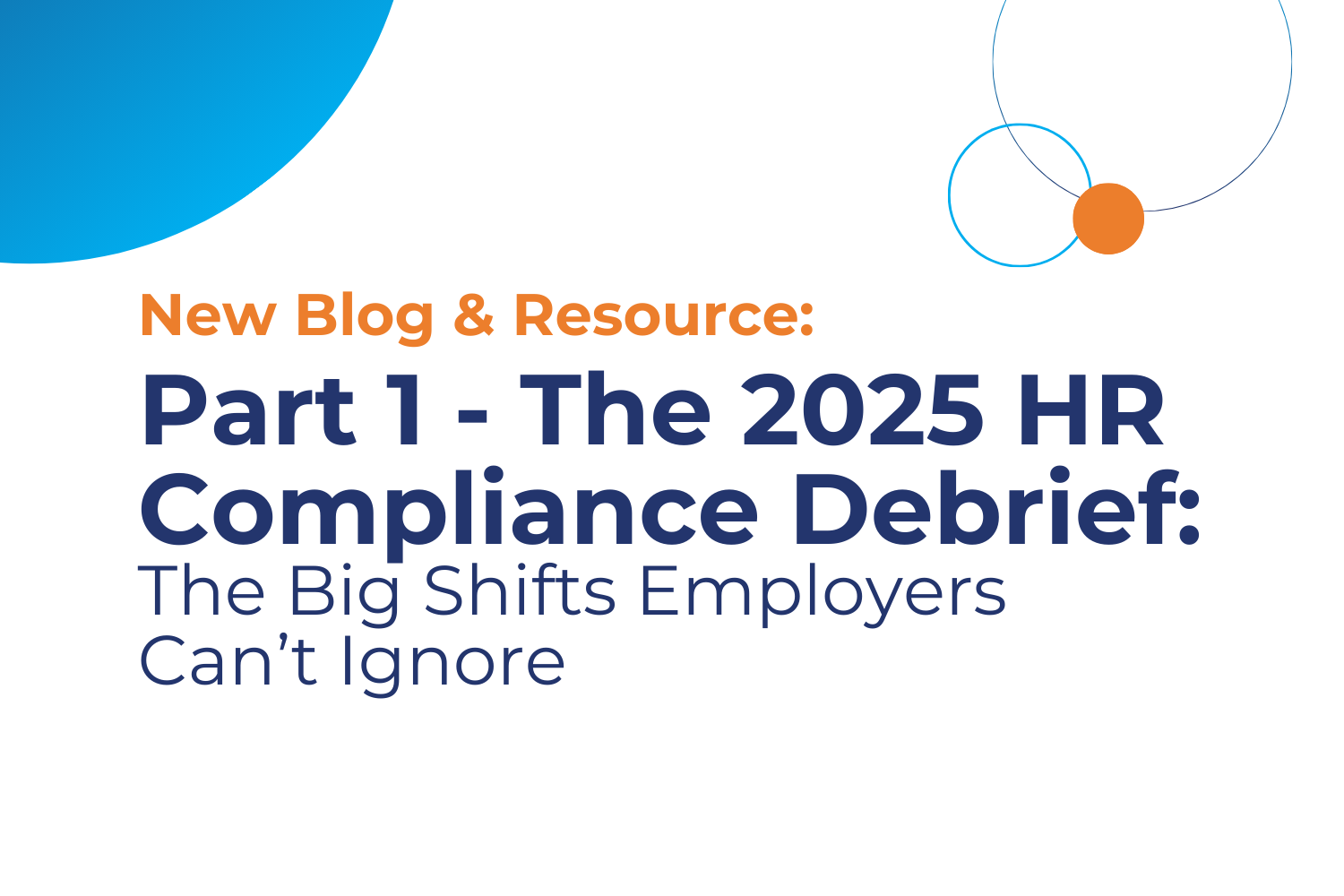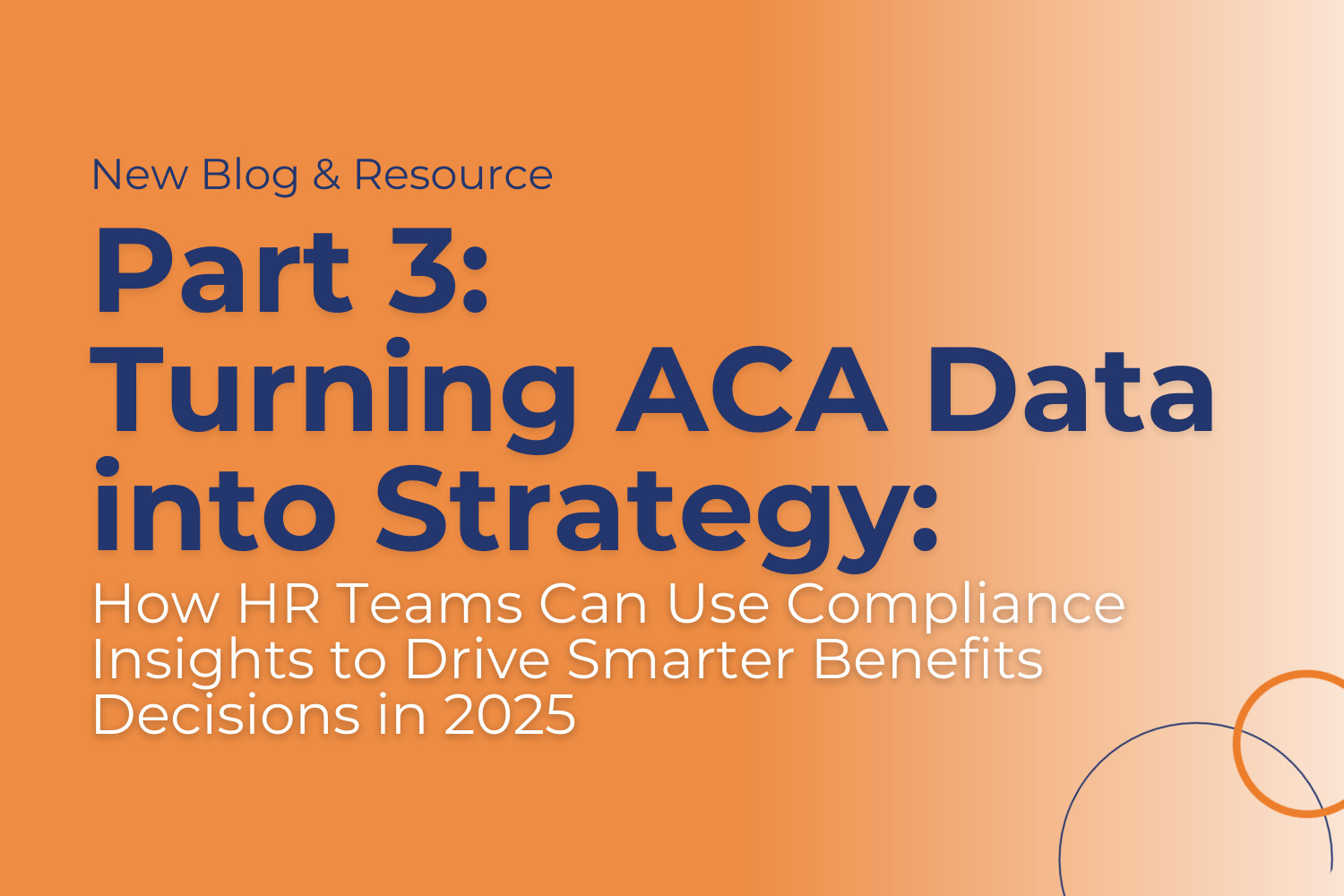Everything You Need to Know about the I-9 Verification Form

Basics on the I-9 Verification Form
The I-9 form was created in 1986 as part of the Immigration Reform and Control Act to protect American jobs and to cut down on illegal immigration. It makes it difficult for American companies to hire employees who don’t have authorization to work here, especially to knowingly do so. The I-9 has three sections: One for new hires to fill out, including biographical info and immigration status, a second for the employer to fill out, and a third to be completed if the new hire has a temporary work authorization.
An employer must have a completed version of the form within 3 days of the new hire start date. (The first section must be filled out by the new hire by the end of their first day at work.) You must do this for every new employee: citizens, new immigrants, etc. Every field must be filled out, especially because you can be fined in an audit up to $100 for every field that’s skipped or $1,000 for every missing or incomplete form. HR and payroll companies find this is worth noting because especially in today’s world of rampant fraud and scams, new hires may be hesitant to give information like their social security number. However, to reach compliance, you’ll need to push somebody for it if they resist giving any information.
As of May 1st, there is a new I-9 form that you must use for anybody hired past that date. You can find the form here. This form has been updated in sections 1 and 2, as well as in the instruction section. If you don’t use the new form, you’ll be in violation under section 274A of the INA as enforced by ICE and might incur financial liabilities if audited.
While you might talk to your HR consulting company if you have further questions, you can also consult the USCIS ‘Handbook for Employers- Guidance for Completing Form I-9.’ This handbook is also referred to as the M-274. It addresses changes to policy and regulations since 2017.
Changes to the I-9 Verification Form Right Now
Beyond the new form that you must use, you should also be aware that currently there is a change in the physical inspection rules for this form. Normally in your HR planning, you’d expect to physically inspect the documents your new hires bring in within 3 days of their start date. However, due to COVID, this requirement has been suspended for companies that are operating remotely (if your employees are largely operating normally and from the office, this won’t be applicable).
You can now receive the documents as scans or emails, then write in the Additional Information field ‘COVID-19.’ (You should also keep written documentation of this onboarding and share your telework policy with the new hire at this time.) When your team returns to the office, or within 3 days of the COVID National Emergency being declared over, your human resources planning should include some time to request and physically inspect the documents you couldn’t due to COVID. You’ll add two things to the Additional Information field: the date and ‘documents physically examined.’
Best HR Strategies for I-9 Compliance
Knowing the costly consequences of not being in compliance with I-9 forms, here are some of the best HR strategies for keeping up with requirements.
- Don’t dilly-dally in getting I-9 forms completed from the employee side. It can be hard to get an employee to come back into HR to deal with documents, so many HR teams actually have a new hire complete the form prior to their first day.
- Never ask for specific documents from new hires. You run the risk of allegations of discrimination, document abuse, fines, or lawsuits. Let the employee choose which identity documents he or she will provide.
- Create one centralized HR management system where you keep all I-9 forms. If you keep them digitally, that’s fine. You just must be able to produce them within 3 days of a government request.
- Remember that I-9 forms are full of sensitive information, so ensure that they’re safe and secure from anybody’s eyes but yours.
- Keep all I-9 forms for at least one year after the date an employee leaves your company or for three years after their hire date, whichever is later
- Set up a system that tracks when temporary work authorizations expire. You may have H-1B workers of F-1 students. If their visas expire when they’re employed with your company or organization, you’ll need to take action.
- Consider using HR software like MP’s for your I-9 needs. It allows employees to fill out the documents easily on a digital platform whenever and wherever they want. You can easily store and access completed I-9s and there’s even a tickler system to help you track any expiring temporary work visas.
Recent Posts
- Planning for 2026: 5 HR Decisions You Need to Make Before Year-End
- Brokers 2026 Planning Guide: How to Make Your Clients Stick Around
- Part 1 – The 2025 HR Compliance Debrief: The Big Shifts Employers Can’t Ignore
- Part 3 – Turning ACA Data into Strategy: How HR Teams Can Use Compliance Insights to Drive Smarter Benefits Decisions in 2025
- CPA Year-End Checklist: How the Right Payroll Partner Protects Your Client Advisory Practice
Categories
- ACA (10)
- AI (6)
- BizFeed (6)
- Business Strategy (122)
- COBRA (5)
- Compliance (255)
- COVID-19 (92)
- Diversity (12)
- eBooks (19)
- Employee Engagement (33)
- Employee Handbooks (24)
- ERTC (29)
- FFCRA (7)
- HR (314)
- MP Insider (13)
- Payroll (175)
- PFML (9)
- PPP (24)
- PTO (5)
- Recruiting (54)
- Remote Work (39)
- Return to Work (32)
- Unemployment (1)
- Wellness (22)
Archives
- December 2025
- November 2025
- October 2025
- September 2025
- August 2025
- July 2025
- June 2025
- May 2025
- April 2025
- March 2025
- February 2025
- January 2025
- December 2024
- November 2024
- October 2024
- September 2024
- August 2024
- July 2024
- June 2024
- May 2024
- April 2024
- March 2024
- February 2024
- January 2024
- December 2023
- November 2023
- October 2023
- July 2023
- June 2023
- May 2023
- April 2023
- March 2023
- January 2023
- December 2022
- October 2022
- September 2022
- August 2022
- July 2022
- June 2022
- May 2022
- April 2022
- March 2022
- February 2022
- January 2022
- December 2021
- November 2021
- October 2021
- September 2021
- August 2021
- July 2021
- June 2021
- May 2021
- April 2021
- March 2021
- February 2021
- January 2021
- December 2020
- November 2020
- October 2020
- September 2020
- August 2020
- July 2020
- June 2020
- May 2020
- April 2020
- March 2020



